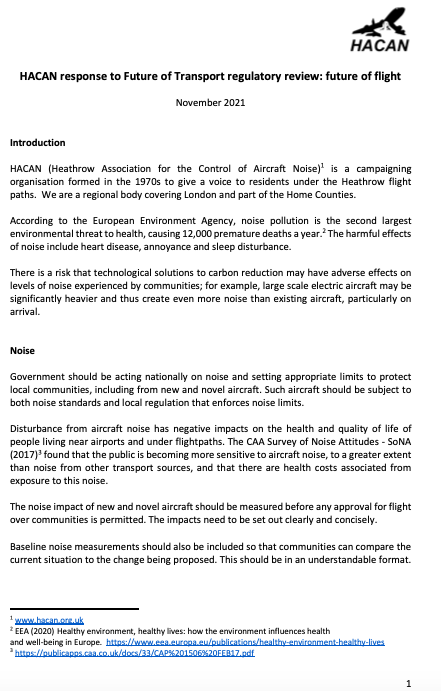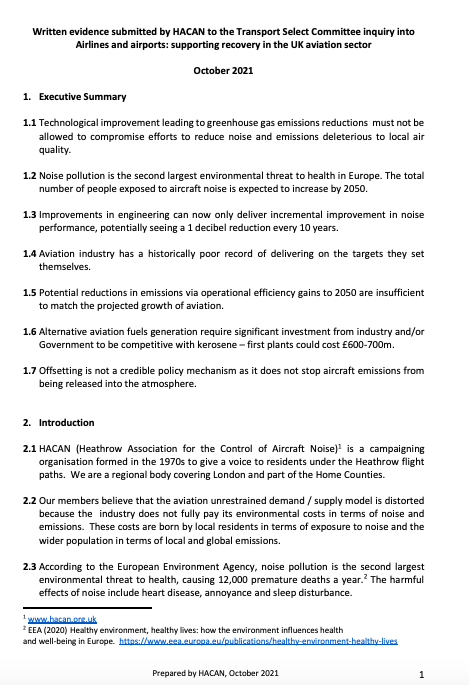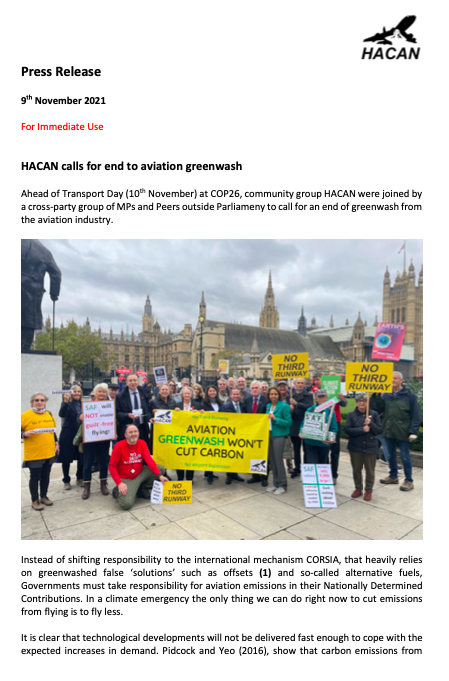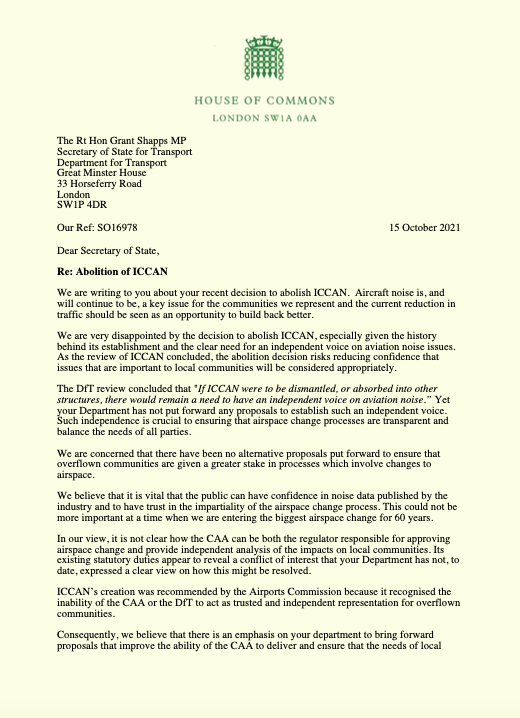HACAN have submitted a response to the Future of Transport regulatory review: Future of Flight.
Although not exhaustive given the focus is on the noise regulations for new and novel aircraft (mainly drones, unmanned aircraft and potentially new flying taxi style transportation) we felt it important to highlight a few key issues that will impact local communities.













